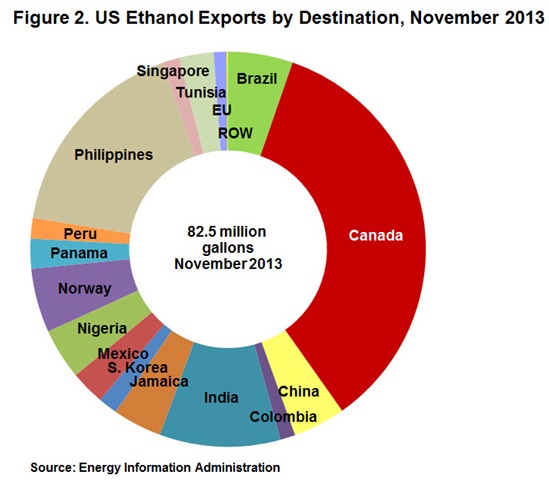 A new process for identifying and evaluating algae production facilities could help with biofuels production. The article, “Siting Algae Cultivation Facilities for Biofuel Production in the United States: Trade-Offs between Growth Rate, Site Constructability, Water Availability, and Infrastructure,” in the journal Environmental Science and Technology, talks about the new method developed by the Pacific Northwest National Laboratory and Sapphire Energy and was welcomed by the Algae Biomass Organization (ABO), the trade association for the algae industry.
A new process for identifying and evaluating algae production facilities could help with biofuels production. The article, “Siting Algae Cultivation Facilities for Biofuel Production in the United States: Trade-Offs between Growth Rate, Site Constructability, Water Availability, and Infrastructure,” in the journal Environmental Science and Technology, talks about the new method developed by the Pacific Northwest National Laboratory and Sapphire Energy and was welcomed by the Algae Biomass Organization (ABO), the trade association for the algae industry.
“Effectively siting algae cultivation facilities for commercial biofuel production is critical to the success of every commercial algae project,” said Margaret McCormick, chair of the Algae Biomass Organization and CEO of algae company Matrix Genetics. “The biology is so complex, existing ‘off-the-shelf’ measurement tools fall short. Because this analysis considers numerous variables along with real-world algae cultivation data, it offers project developers a much more complete and rigorous evaluation of sites.”
Site selection for large construction projects is a complex task, but a particularly challenging one in the case of algae cultivation in open ponds, where facilities could be thousands of acres in size. The factors that drive success include: a warm and sunny climate, available water, economically available land with soils good for construction, and proximity to transportation and utility infrastructure. In addition, special consideration must be given to local issues that are difficult for national-scale models to address, such as regulatory constraints, tax incentives, receptivity of local populations and ecological constraints.
The study found that there is good potential for cultivating green algae along the Gulf of Mexico, especially on the Florida peninsula. It also says that the type of algae to be grown is a big factor when choosing a site.










